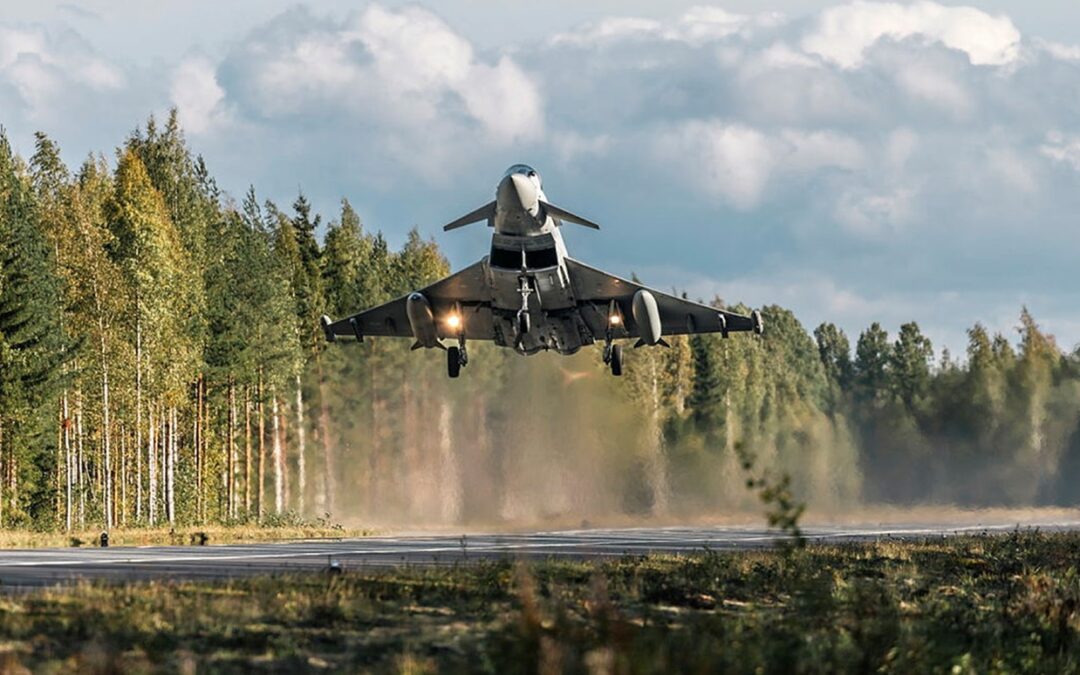
The UK Chief of the Air Staff (CAS), Air Chief Marshal (ACM) Richard Knighton, called on Nato to conduct an operational level exercise in Europe to test command and control (C2) among allies.
“We need to test, train, and educate our people in the real world,” Knighton stressed to international counterparts during the Chief of the Air Staff’s Global Air and Space Chief’s Conference on 17 July 2025.
The CAS pointed to a recent exercise led by the United States Air Force Warfare Center, which hosted more than 10,000 air force personnel among Australia, Canada, the UK and US from California in February this year.
“Exercises like Bamboo Eagle [25-1] provide high end, multi domain, multinational, long range exercises where we can test and train ourselves against these kinds of scenarios”.
However, the European continent, which covers less than four million square miles, has proved far less conducive to the large-scale exercises that are played out across the Indo-Pacific expanse, which is considerably larger, exceeding one hundred million square miles.
But this is not impossible as another 10,000 troops from nine different nations proved earlier this year in Nato Exercise Steadfast Dart, which took place in Bulgaria, Romania, and Greece. Although, the aim was to project the Allied Response Force rather than enhancing C2.

In his speech, the CAS suggested that Finland and Sweden “are keen to help” as their airspace would be able to cater to this ambitious, operational level exercise across all domains with unrestricted airspace in the Arctic clime.
“We’ve talked and sat around the Nato air chief’s table about creating some airspace that we can turn on and off” for military use over the North Sea, for example. “But for our agencies and our airlines, [it was] all just a bit too difficult,” the CAS acknowledged.
“We can think about how we run a particular mission at a tactical level, integrating multiple effects. We do that really well” already, Knighton observed. This is demonstrated by the Nato air policing initiative with four to six jets at any one time on a rotational basis.
Real world and simulation
The Royal Air Force (RAF), meanwhile, resolved this containment by leaning increasingly on simulation training systems such as Gladiator.
Gladiator functions as a central hub that integrates single-purpose simulators into one virtual environment allowing operators with different roles to train together. In April this year, the service contracted Boeing, the original equipment manufacturer, to add even more siloed simulators to the hub, growing the UK’s virtual training space.
Knighton had previously sat alongside his predecessor, ACM Mike Wigston, as the two pressed the virtues of cost-effectiveness and experimentation that come with operating in a simulated environment during a Defence Committee hearing in February 2023.
Of course, it is not black and white. The USAF, with the help of Cubic Defense, has demonstrated the perks of a live, virtual and constructive environment using their SLATE pods on live fighter aircraft, replicating the adversary, against a live blue force.


